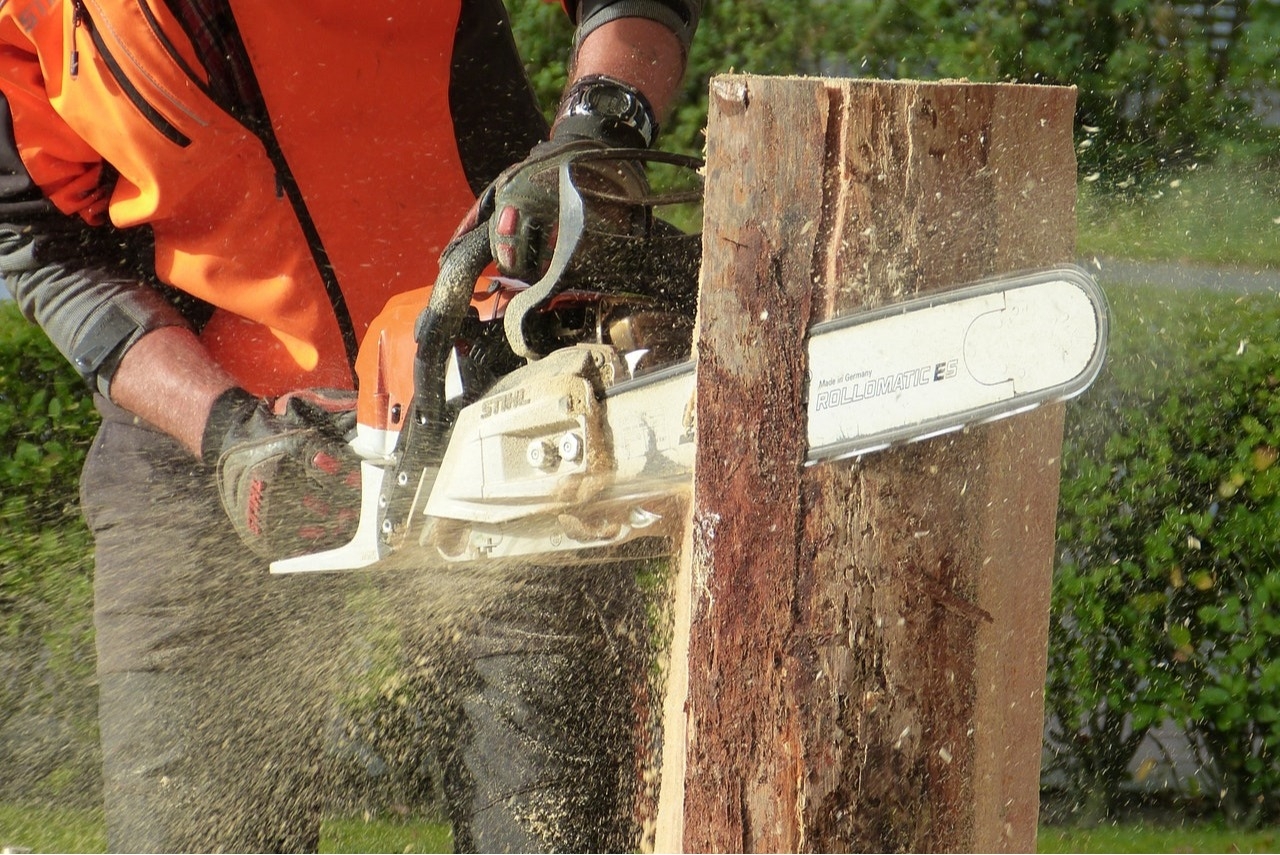Everything You Need to Know About How to Cut Down a Tree Safely
There comes a time for most homeowners when they need to get rid of a tree on their property. Of course, you can always call a Denver tree service company to do the heavy lifting. But if you decide this is something you want to tackle on your own, then here are some tips for expert tree felling.
Safety First
Taking down a tree is no joke because it involves trees falling and chainsaws running. So don’t take safety for granted. You will need a few essentials:
This can also be referred to as making sure the tree falls in the direction you want. Keep in mind that trees are taller than you think—and that is especially true when they hit the ground. Plan on them reaching farther than you would expect. The best way to estimate where a tree will fall is to use a trick known as the ax handle trick. Here’s how it works: Hold your ax handle at arm’s length, close one eye, and back away from the tree until you see that the top of the ax is on a par with the top of the tree and the bottom of the ax is even with the base. Where your feet end up is likely where the top of the tree will be after falling. Note that this is only an estimate, so you should still allow for extra room—especially if the tree could fall on something.
The Cutting Zone
Even when you think you can anticipate where the tree will fall, you still have more prep work to do. Remove any brush around the trunk and create two escape routes on the nonfalling side of the tree. They should and go in opposite directions. You don’t want to trip anything while a tree is falling down.
The Notch
Usually the notch is about one-fifth the size of the trunk. You’ll cut the notch on the falling side of the trunk. Before cutting, mark the area with chalk or lightly score the bard with the chainsaw. Create the notch at a comfortable working height.
The Cut
Score a line that connects the top of the notch on both sides for a cutting guide. The back cut should be parallel and even with the notch. Then you can make the cut. The instant the tree begins leaning, pull the chainsaw free, set the brake, and move your way through one of the escape routes. Never stop watching the tree; it may not do what you think it will do.
If you decide you need help with your DIY tree project, we would love to help. Contact us today!
Go Back Safety First
Taking down a tree is no joke because it involves trees falling and chainsaws running. So don’t take safety for granted. You will need a few essentials:
- A logger’s helmet. This will protect your head from falling branches, which is one of the most common injuries to occur when taking down a tree.
- Earmuffs and face screen. This will protect your eyes and your face from injuries.
- Safety goggles. This is a no-brainer since you do not want dust or wood chips getting into your eyes.
- Kevlar chaps. These will stop a chain instantly if you happen to drop the bar against your leg.
This can also be referred to as making sure the tree falls in the direction you want. Keep in mind that trees are taller than you think—and that is especially true when they hit the ground. Plan on them reaching farther than you would expect. The best way to estimate where a tree will fall is to use a trick known as the ax handle trick. Here’s how it works: Hold your ax handle at arm’s length, close one eye, and back away from the tree until you see that the top of the ax is on a par with the top of the tree and the bottom of the ax is even with the base. Where your feet end up is likely where the top of the tree will be after falling. Note that this is only an estimate, so you should still allow for extra room—especially if the tree could fall on something.
The Cutting Zone
Even when you think you can anticipate where the tree will fall, you still have more prep work to do. Remove any brush around the trunk and create two escape routes on the nonfalling side of the tree. They should and go in opposite directions. You don’t want to trip anything while a tree is falling down.
The Notch
Usually the notch is about one-fifth the size of the trunk. You’ll cut the notch on the falling side of the trunk. Before cutting, mark the area with chalk or lightly score the bard with the chainsaw. Create the notch at a comfortable working height.
The Cut
Score a line that connects the top of the notch on both sides for a cutting guide. The back cut should be parallel and even with the notch. Then you can make the cut. The instant the tree begins leaning, pull the chainsaw free, set the brake, and move your way through one of the escape routes. Never stop watching the tree; it may not do what you think it will do.
If you decide you need help with your DIY tree project, we would love to help. Contact us today!
